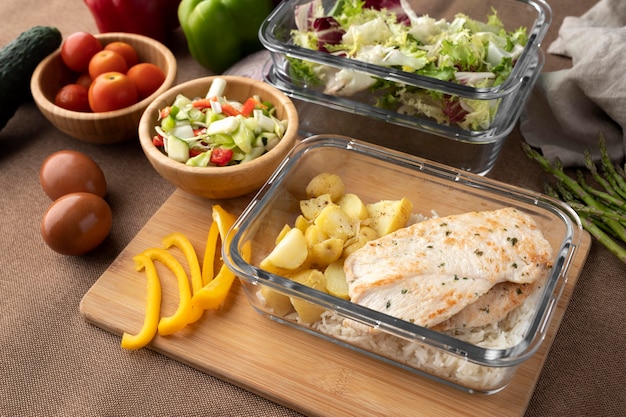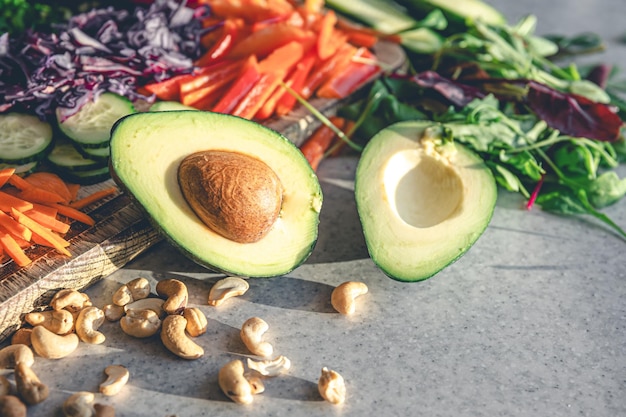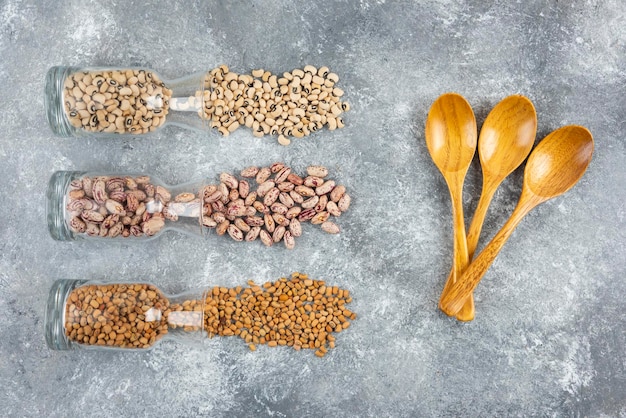Living with hypertension doesn’t mean sacrificing productivity or well-being. With the right strategies, you can maintain a balanced work-life routine while keeping your blood pressure in check. This guide offers 21 time-efficient, science-backed wellness tips tailored for people managing high blood pressure. Each includes weekly targets and essential safety reminders to help you stay on track—without adding stress.
Chronic stress, long work hours, and sedentary habits can elevate blood pressure. Integrating wellness into your daily routine helps reduce strain on your heart and improves long-term health outcomes. The goal isn’t perfection—it’s consistency and awareness.
Begin each morning with deep breathing to activate the parasympathetic nervous system, which helps lower blood pressure.
Weekly Target: Practice 5 days a week.
Safety Reminder: Sit upright; stop if you feel lightheaded.

Track your readings in the morning and evening to detect patterns and respond early to spikes.
Weekly Target: Log readings 6 out of 7 days.
Safety Reminder: Rest for 5 minutes before measuring; avoid caffeine beforehand.
Stand, stretch, or walk for 2–3 minutes hourly to improve circulation and reduce sedentary risks.
Weekly Target: Complete 8 breaks/day, 5 days/week.
Safety Reminder: Move slowly if on blood pressure medication that causes dizziness.
Cooking at home with fresh ingredients helps control sodium intake—a major factor in hypertension.
Weekly Target: Prepare 4 low-sodium lunches or dinners.
Safety Reminder: Read labels; aim for less than 1,500 mg sodium per day unless otherwise advised.

Every 20 minutes, look at something 20 feet away for 20 seconds to reduce eye fatigue and mental stress.
Weekly Target: Apply during 4 workdays.
Safety Reminder: Combine with posture checks to avoid neck strain.
Turn one-on-one calls into walking conversations—great for circulation and mental clarity.
Weekly Target: Host 2 walking meetings.
Safety Reminder: Choose safe, flat paths; avoid extreme temperatures.
Writing down 3 positive things daily reduces stress hormones linked to high blood pressure.
Weekly Target: Journal 5 evenings.
Safety Reminder: Keep it simple—no pressure to write long entries.
Late caffeine can disrupt sleep and increase blood pressure.
Weekly Target: Adhere to cutoff time on 6 days.
Safety Reminder: Be aware of hidden caffeine in teas and sodas.
A well-aligned desk setup reduces physical strain and indirect stress on the cardiovascular system.
Weekly Target: Adjust chair, screen, and keyboard once; reassess after 3 days.
Safety Reminder: Feet should rest flat; wrists neutral during typing.
Tense and release muscle groups to reduce physical tension and improve sleep quality.
Weekly Target: Try 3 nights/week before bed.
Safety Reminder: Skip if you have muscle injuries; focus on gentle tension.
Turn off work notifications to reduce mental load and support evening relaxation.
Weekly Target: Disconnect for at least 2 hours, 5 days/week.
Safety Reminder: Communicate availability to avoid last-minute stress.
Staying hydrated supports circulation and reduces reliance on sugary, processed beverages.
Weekly Target: Replace 5 sugary drinks with water.
Safety Reminder: If on fluid restrictions, follow medical guidance.
Foods like bananas, spinach, and avocados help balance sodium levels.
Weekly Target: Include potassium-rich food in 4 meals.
Safety Reminder: Consult your provider if on certain diuretics that affect potassium.
Aim for gradual increases in daily steps to support heart health without overexertion.
Weekly Target: Increase steps by 500 from baseline.
Safety Reminder: Stop and rest if you feel chest discomfort or dizziness.
Safety Reminder: Always consult your healthcare provider before making major lifestyle changes.
Managing hypertension is a daily commitment—but small, consistent actions make a big difference. By integrating these 21 tips into your routine, you support both your professional goals and long-term heart health. Start with 2–3 changes, track progress, and build from there. Your well-being is worth the effort.

Health

Health

Health

Health

Health

Health

Health

Health

Health

Health

Wellness

Fitness

Health

Fitness

Health

Health